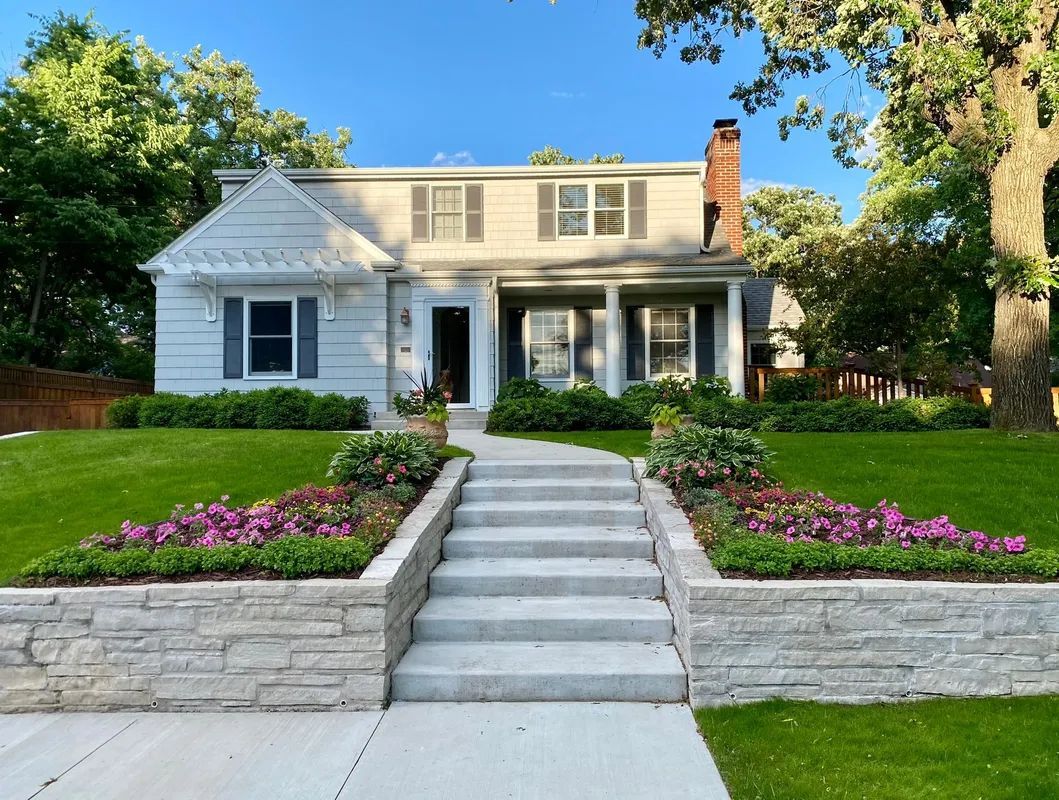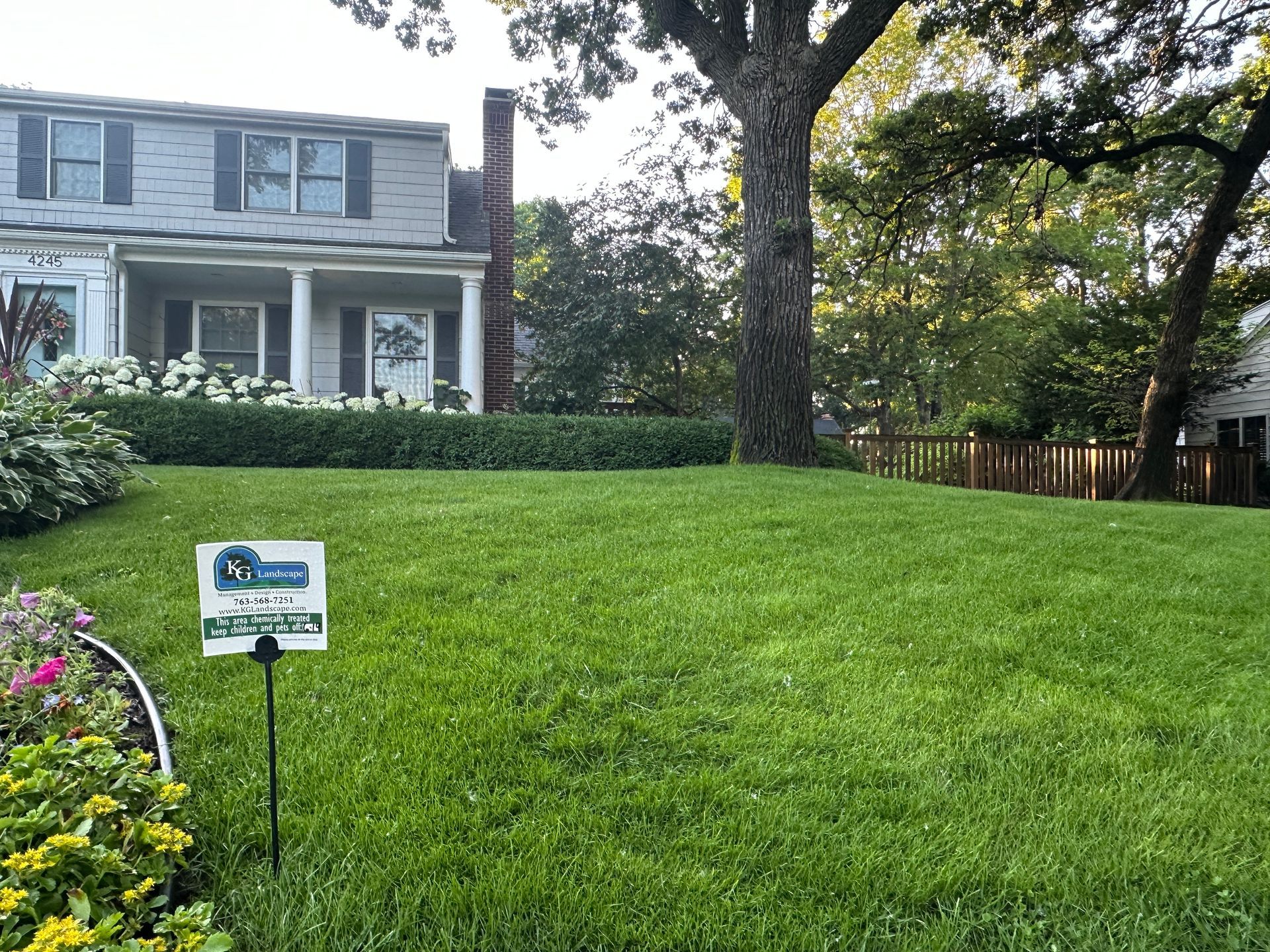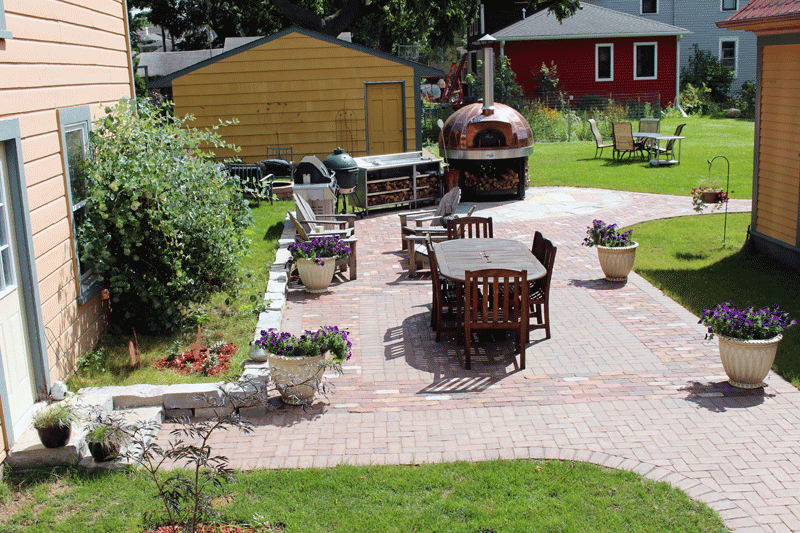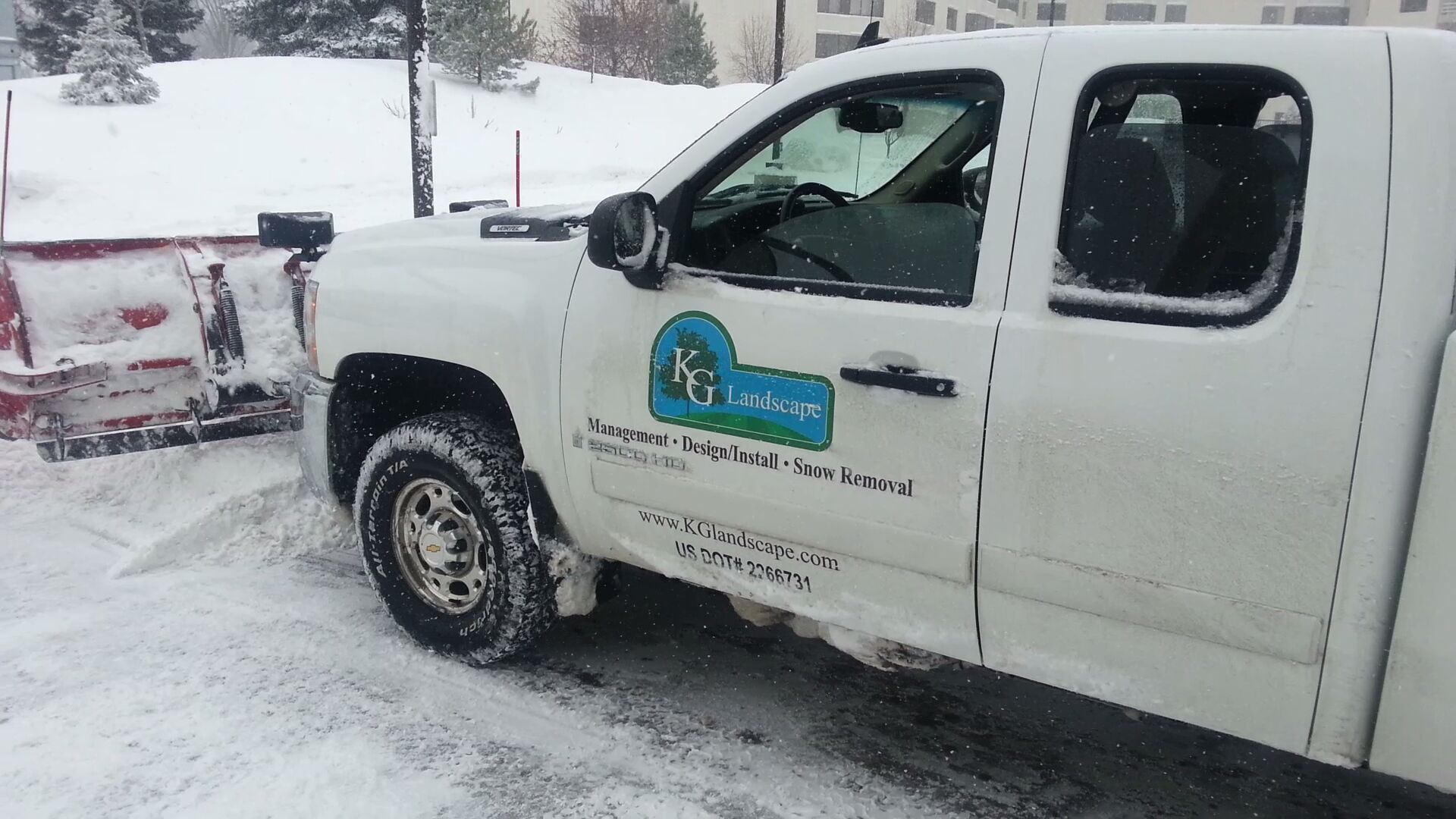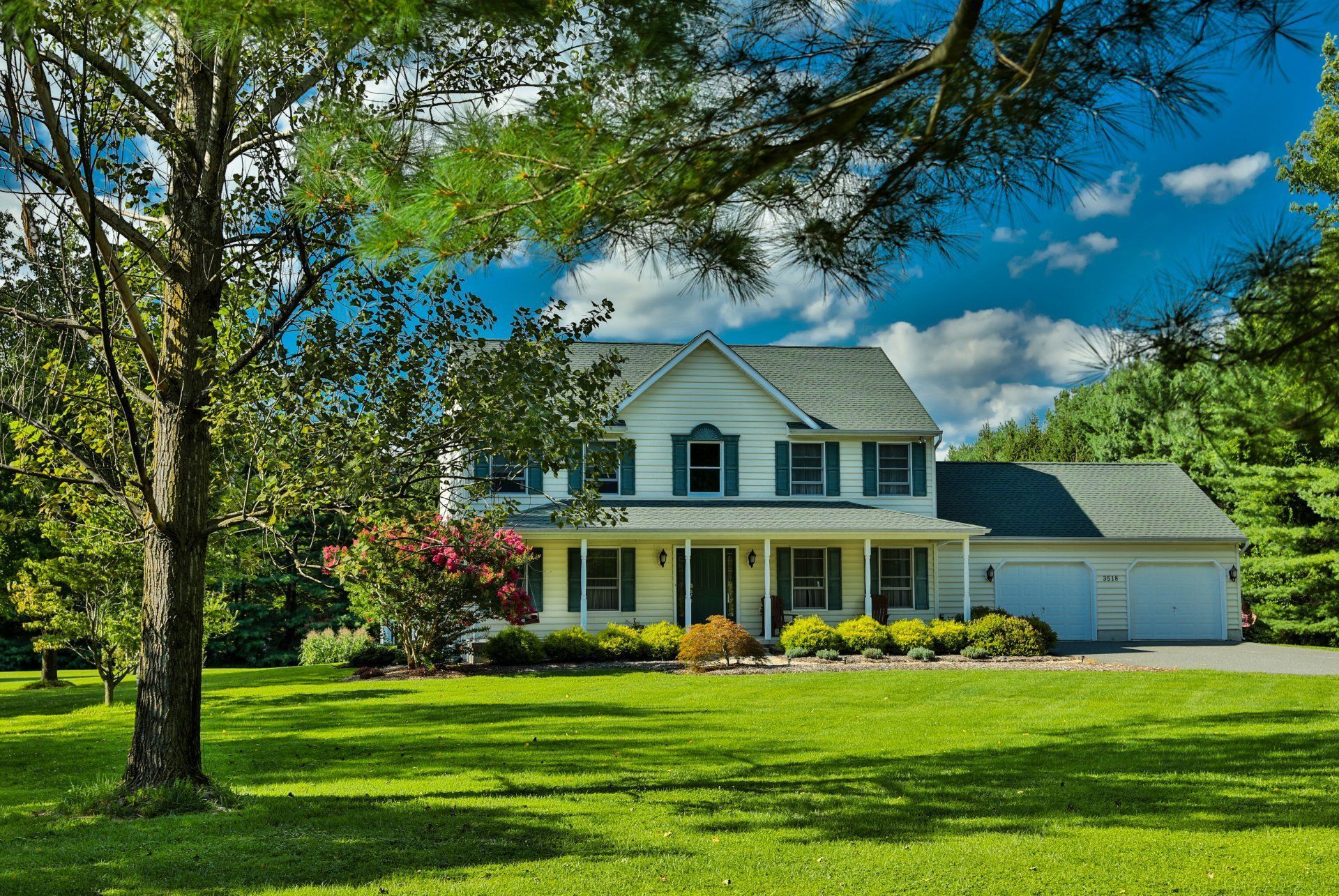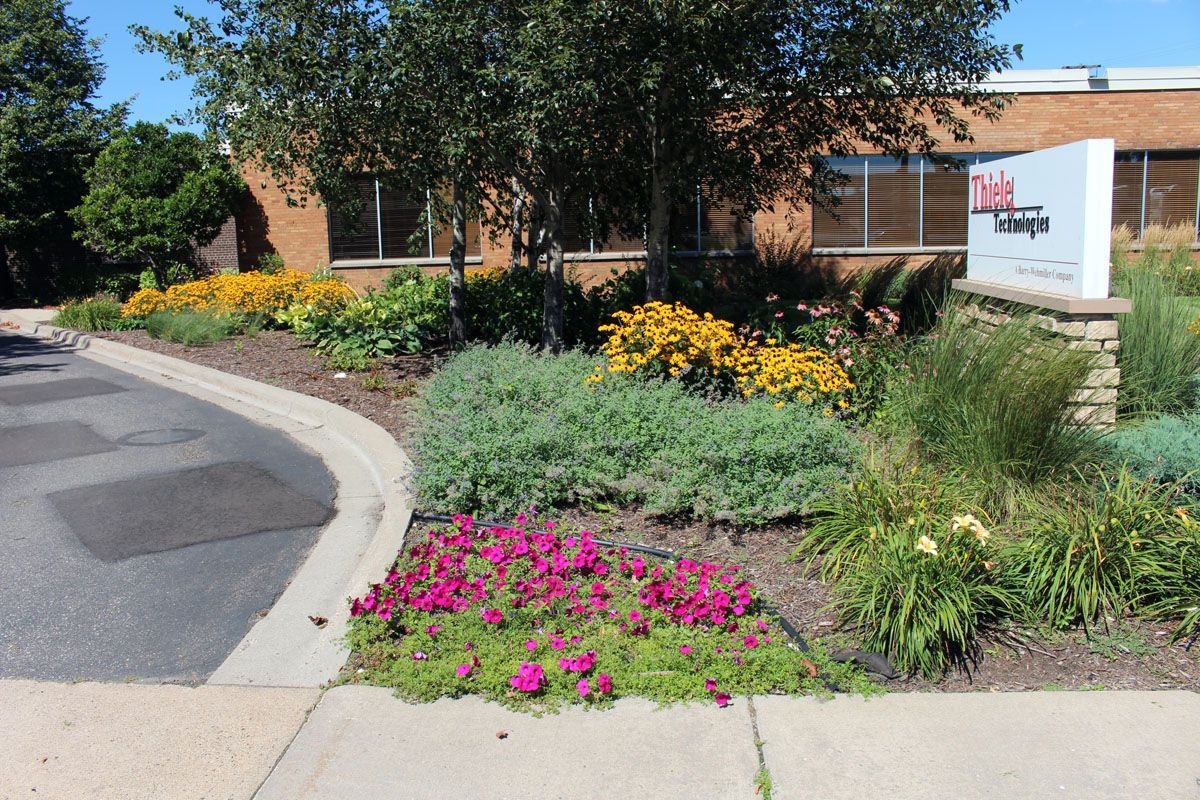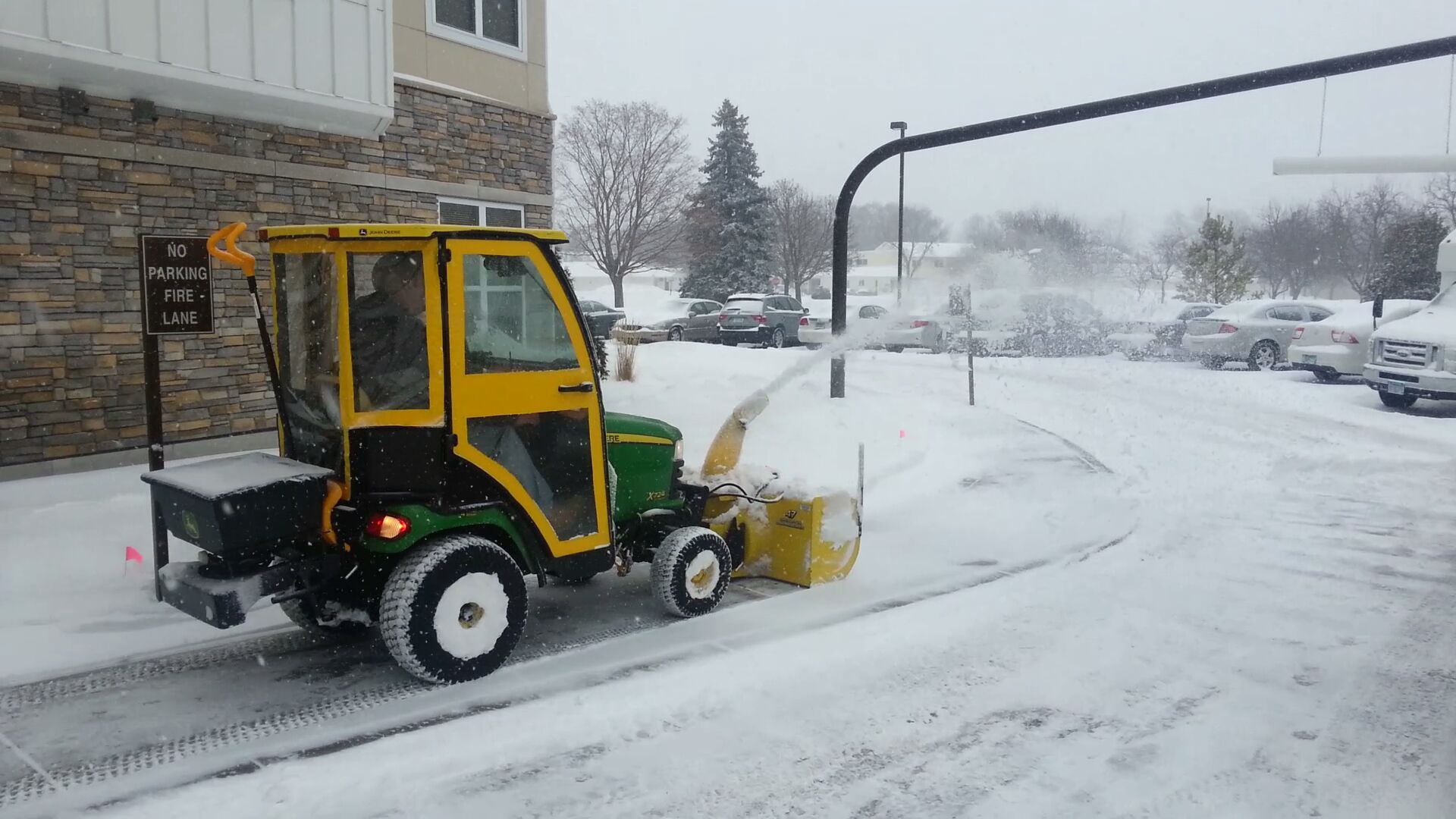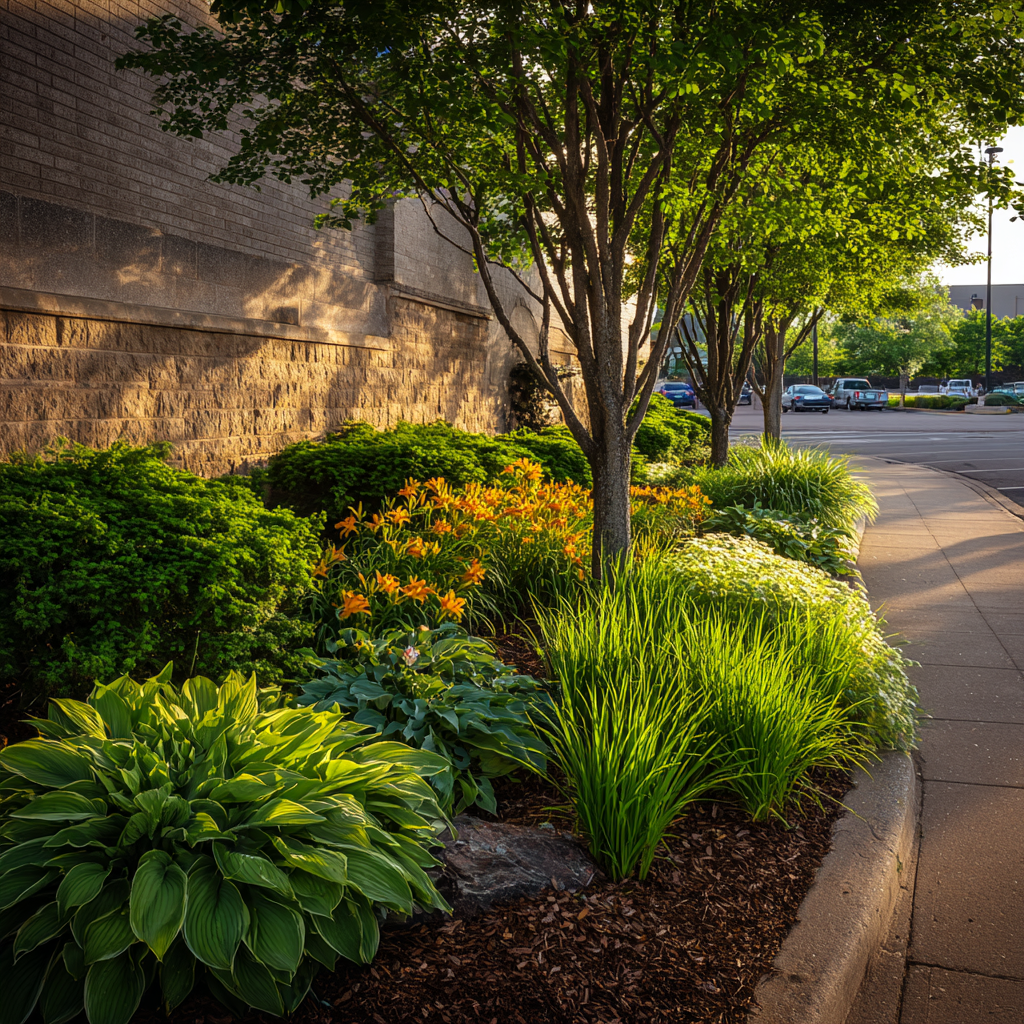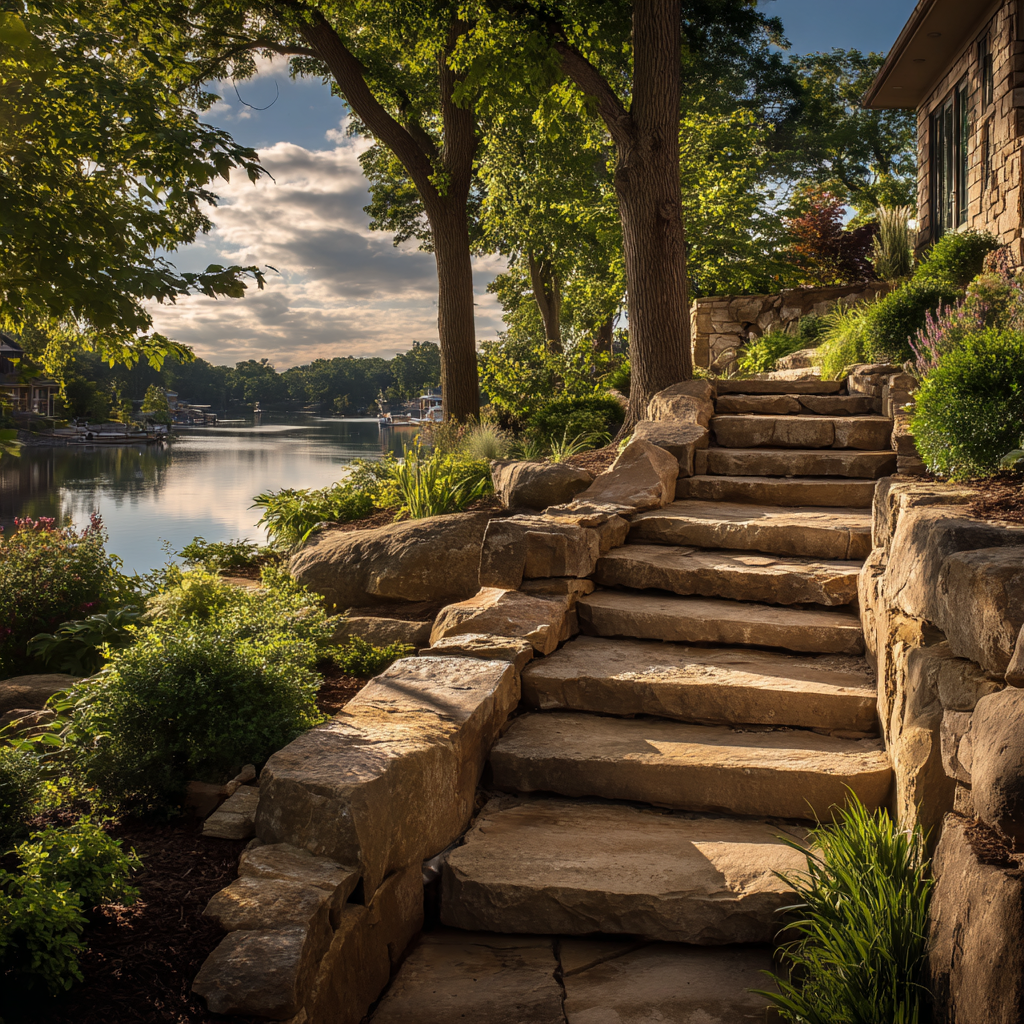10 Best Hostas for Plant Beds In Minnesota
Hostas are a staple in any Minnesota landscape plant bed. The cool temperatures and limited light of our Northern location makes for some very shady areas especially in non-south facing beds. They’re also very resilient against the cold winter weather and salt damage along walkways. Hostas can be easily divided if they get too big or you need a few to liven up another area of the yard. For all these reasons and more, we get a lot of questions from homeowners asking what our recommendations are for the best ones and how to use them. We got some intel from the owner and lead designer here at KG Landscape about all things hosta.
How to Pick the Top Hostas for Minnesota Plant Beds
There are a lot of different qualities in a hosta to consider when picking the variety of hosta for a plant bed in Minnesota. The first to consider is the size of the hosta and how it would fit amongst the other plants in the plant bed. Kent recommends using a variety of sizes to increase interest. Using all the same size makes the entire plant bed look very similar and makes the eye carry over it quickly. We typically use 1 large hosta as a specimen plant and then groupings of 3 or 5 or 7 of the medium and small hostas depending on the plant bed size and shape.
The second consideration when deciding on a set of hostas is the color(s) of the leaves as well as the color of the flowers. The main color of a hosta come in three main colors: yellow, green, and blue. We recommend picking 2 main colors and then a mix of those two colors. For example, a person could pick a yellow leaf hosta, a green leaf hosta, and a yellow/green leaf hosta. Picking multiple colors adds variety while picking colors that can mix adds cohesiveness at the same time. The flower of the hosta is often in the purple/lavender range but if someone had a particular affinity for one specific color, that could be used in the decision process as well. One standout in the color area is the ‘designer genes.’ The red petioles at the bottom of the plant are particularly remarkable and stand out. If you’re looking for a hosta with a little more flair, we recommend that one.
Lastly, there’s the texture/shape of the leaves. The leaves come in many different textures. You can see in the pictures below, some have very smooth leaves and others have wavy leaves. These textures also add interest to the garden landscape. The leaves come in tear drop and heart shaped as well. Keep all of these things in mind when choosing which ones to use.
You can see some real life examples of how we utilize hostas and different kinds by visiting our gallery
.
Large Size Hostas
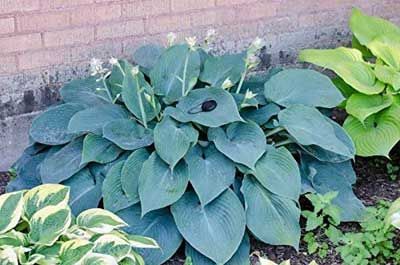
Blue Angel
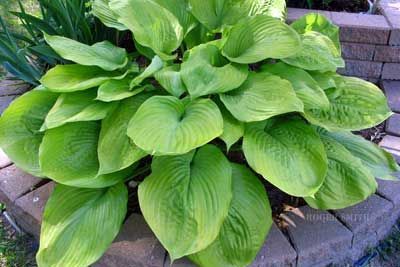
Sum and Substance
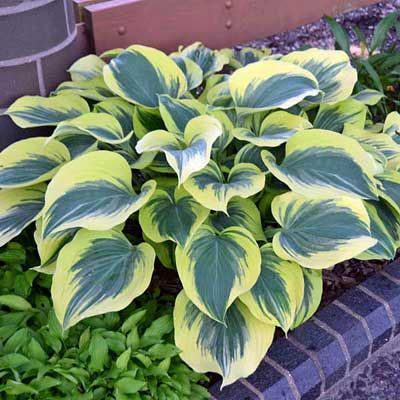
Liberty
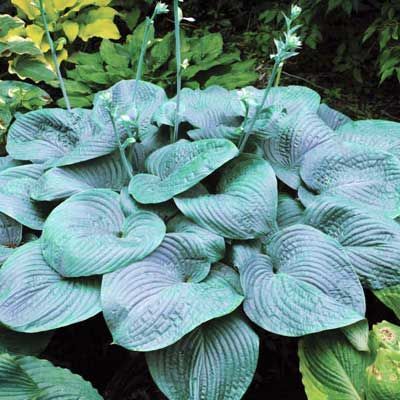
Humpback Whale
Medium Size Hostas
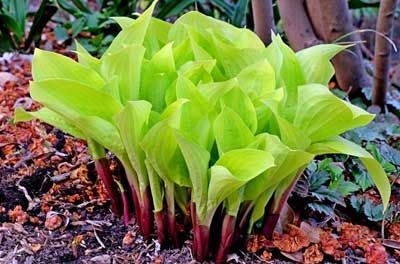
Designer Genes
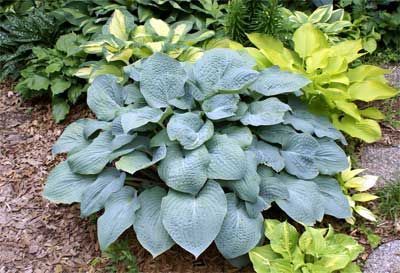
Blueberry Muffin
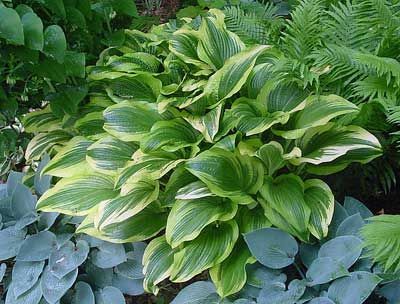
Montana Aureomarginata
Small Size Hostas
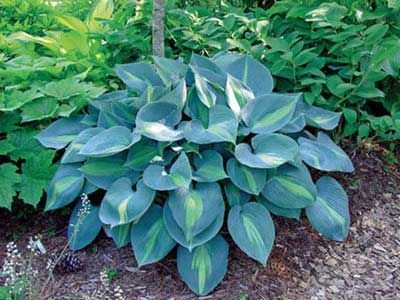
Touch of Class
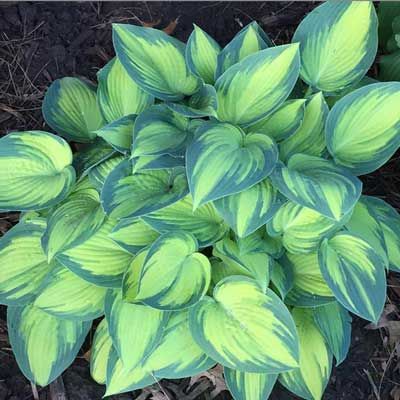
June
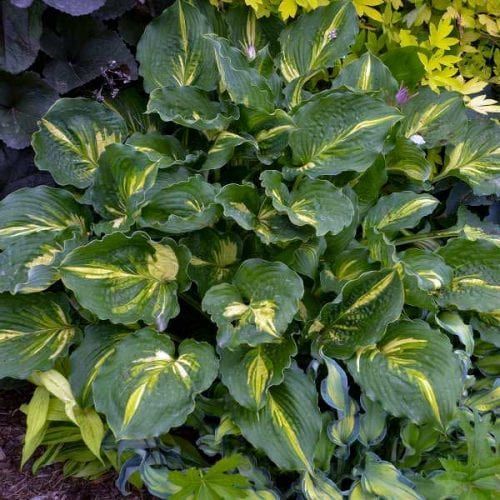
Lakeside Paisley Print
How to Care for a Hosta
Hostas love shady, woodland settings and are perfect for underneath trees and in north side facing plant beds. Strong, summer afternoon sun can be deadly for hostas so avoid that at all costs. Moist, well-drained soil is also important for hostas because it allows more room for the smaller root structure.
If you’re looking for plant bed landscaping help, be sure to contact us at KG Landscape
. We have been designing landscape plant beds all over the Minneapolis/St. Paul area for over 13 years. Our eye for design and experienced installation crews will turn your house into a welcoming home.

